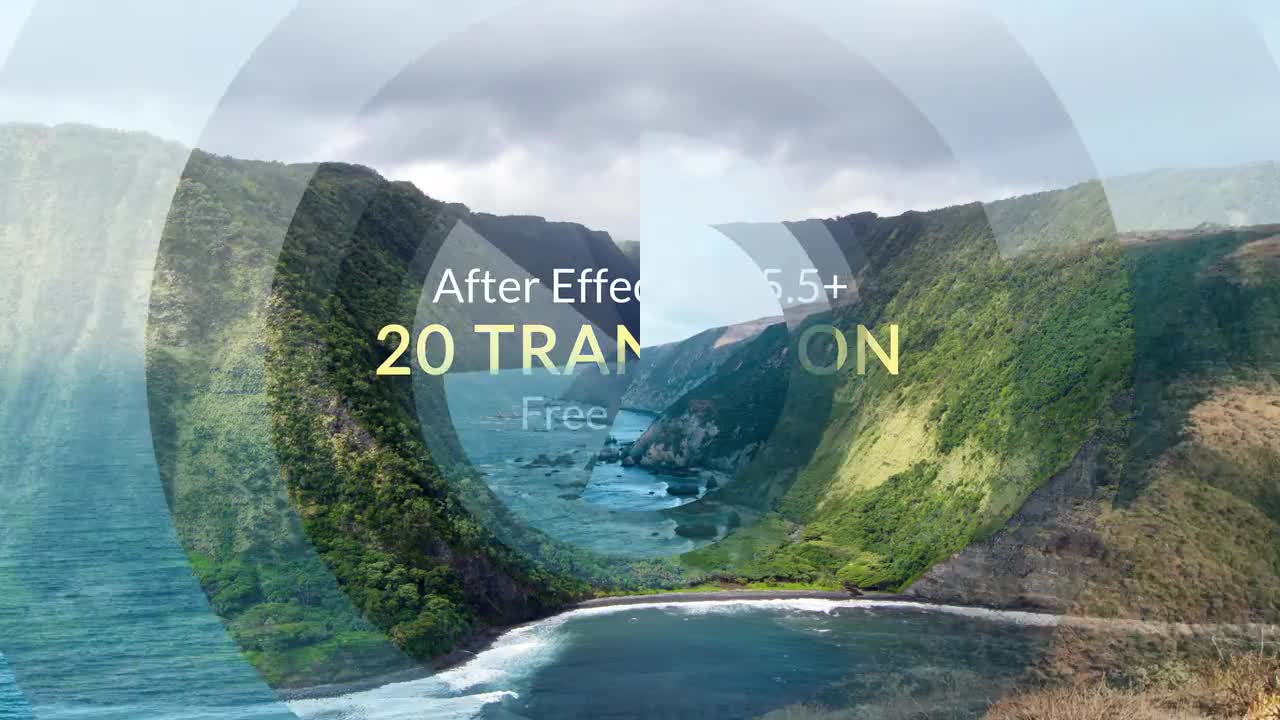

Data were analyzed using a one-way analysis of variance and Tukey’s post hoc test at the significance level of 95%. Fracture fragments were examined with a scanning electron microscope. The maximum torsional load and distortion angle were recorded. For the torsional resistances, the file tip was fixed and rotated until the file fractured. For cyclic fatigue resistances, the files were freely rotated in a curved metal canal under body temperature the time elapsed to fracture was recorded and the numbers of cycles to fracture (NCF) were calculated.

The files were divided into three groups according to the test conditions ( n = 10) new (group-N), used for simulated canal shaping (group-U), and sterilized after use (group-S).

Sixty files (One Curve) were tested for cyclic fatigue and torsional fracture resistances using customized devices. If you did, we’ve got lots of other tutorials for Premiere Pro, After Effects, and filmmaking in general! If you have any questions, let us know in the comment section below.This study aimed to assess the effect of mechanical loading and heating on the cyclic fatigue and torsional fracture resistances of heat-treated nickel–titanium files after usage and autoclaving. This compact 2.6GB file is now ready to send off to whomever you want to review the project. It’s got all of the elements that your project is using as well as the project file itself. And when that’s all said and done, your folder should look something like this. Name it something so that it’s easy for you to distinguish and also for your second individual to be able to understand right off the bat what’s inside. So when you press Collect, you’ll then be asked to give a location for where these files will be collected to. Finally at the bottom you have a readout of the number of files that will be collected, their total size, and how many effects that are being used in your project. I’d also suggest that you select ‘reveal collected project in explorer when finished.’ This will help to ensure that if you save it deep within your computer files you have immediate access to it when it’s done collecting so you can just send it off. Under the first tab called ‘collect source files,’ you have a few options, but the most likely option because we just reduced our files to only included items used, is just to select ‘All.’ This will give you a few options in order to distinguish what is collected and how it will be. What you should see next is the Collect Files window. To collect your files, go to: File > Dependencies > Collect Files We’re going to be telling After Effects to put them into a nice folder for us so that we can simply send it off to whoever we need to. So now with that done you can now go onto step two which is getting After Effects to gather all of your files together. That way it’s in the project but not influencing your project. This will delete the files from within the project, so if you’re on the fence about whether or not you want to use that element that you haven’t yet, my suggestion would be to find an out of the way place very early on in your composition and place it down and hide it from view. Just things that are actually not found in the project at all and are simply sitting in the project window. This does not include things that are just hidden from view. This process will basically remove anything that’s not actually being used by your composition.

This will tell you how many, if any, files were deleted from the project, as well as the fact that you can undo this action. If you have multiple compositions, this is the composition in which everything else is inside of. To Reduce your project, select the top-most composition. So the first step is to limit how big that file is by getting rid of unnecessary elements. Now depending on how big your project is and how many pieces there are to it, you might end up sending a lot of data to whoever will be using this file next. The first step is to open up the After Effects file that you’re wanting to send to someone. The two processes we’re going to be looking at are called ‘reducing’ and ‘collecting’ and here’s how you do it: Reducing Your Project But you can save a lot of time and energy by getting After Effects to compile a complete package with all the elements and the After Effects project file itself.


 0 kommentar(er)
0 kommentar(er)
